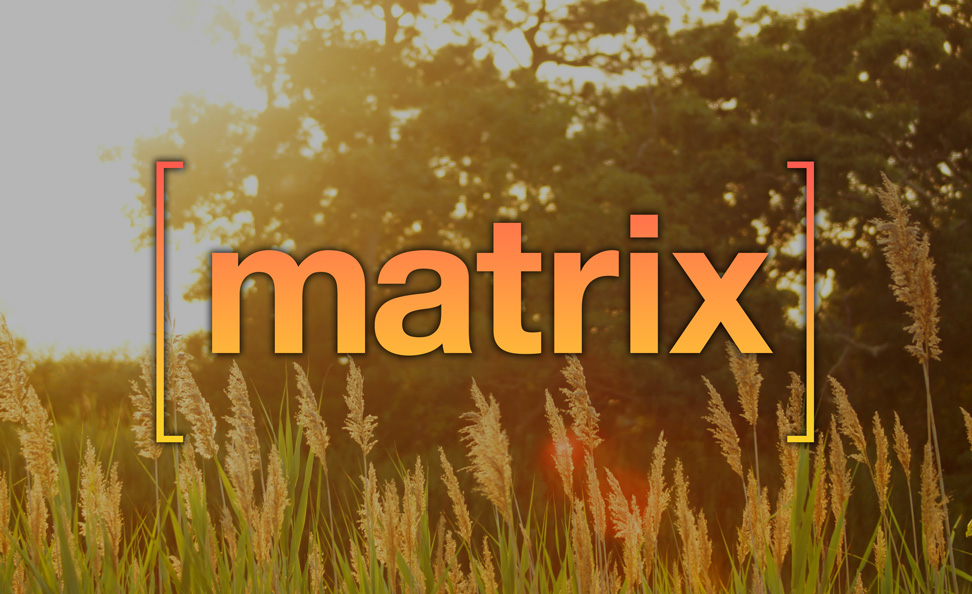

I should clarify - rather than ‘backfire,’ exaggeration in Majority Judgment either does nothing or carries a social cost. Here’s why:
- If a minority exaggerates votes, the median stays unchanged.
- If everyone exaggerates equally, the same winner emerges, but an artificial high tide of exaggerated grades obscures the real depth of public opinion. This defeats one of MJ’s key strengths: the ability to show when all candidates are viewed poorly and therefore create pressure for better options.
Regarding partisan concerns: Yes, MJ is vulnerable if partisan blocks coordinate to exaggerate grades. However, MJ offers two meaningful advantages in a two-party system:
- Voters can grade third-party candidates highly without ‘wasting’ their vote, as they can still support their party’s candidate.
- Once again, poor candidates from both parties could receive revealing low grades, encouraging better alternatives.
Of course, you were hinting at the fact that MJ’s success in a two-party system depends on fostering a political culture where candid evaluation flows more freely than partisan loyalty. But this is the current that all voting systems must swim against; partisan pressure can steer dolphins’ fins at the polling station regardless of the method used.








This looks impressive for Linux, and I’m glad FLOSS has such an impact! However, I wonder if the numbers are still this good if you consider more supercomputers. Maybe not. Or maybe yes! We’d have to see the evidence.